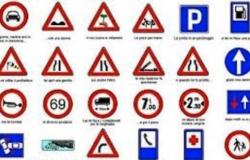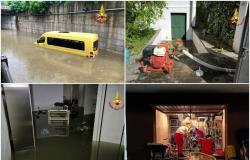“Rockstar of Italy”, “anomalous beauty”, “improbable attractiveness”, are just some of the expressions that in capital letters describe Matera through the gaze of artists, novelists, universal thinkers. They stand out on the advertising panels of the restoration scaffolding of a fashionable boutique that will soon open its doors in the city. Reading those declarations of admiration makes you think about how powerful the experience of immersing yourself in the cultural landscape of Matera for the first time must be and the amazement it arouses. From the anthropological fresco by Carlo Levi who sees its painful beauty to Guido Piovene who defines it as the “Siena of the South” for the wonder of its architecture, but split by a chasm of humanity that evokes Dante’s Inferno, a wreck of prehistory “which has no comparison in Europe”. Mother city, seen by Pulitzer Prize winner Michael Cunninghan “as an enormous beehive, apparently solid from the outside, but in reality made up mostly of galleries, tunnels and caves, sometimes placed one on top of the other to form a single dwelling. If most large cities today aspire to build ever taller buildings, as evidence of our attempts to get closer to the sky, Matera evokes a more primordial need, that of digging into the earth, of finding embrace and protection there.” Elusive and difficult to describe for the queen of fantasy Licia Troisi, Baccante Prize winner of the Women’s Fiction Festival in 2010, difficult even to photograph. In their eyes the miracle of Matera’s time, a city that smiles at Giovanni Pascoli with its veil of poetry and melancholy. City of awakening that goes from backwardness to global success and has become the site of an innovative region par excellence. Its transformation with the “laboratory city” involved the great names of Italian architecture, Ludovico Quaroni, Carlo Aymonino and Luigi Piccinnato, in the planning of urban additions necessary to face the forced abandonment of the Sassi. The nomination as European Capital of Culture has increased the importance of the South as the Italian socio-economic cultural center of gravity with the aim of best combining culture and technology; attract new private investments and increase the number of residents in the Sassi. A weight that vanished in the darkness, in the neglect and inability of intellectuals and new southerners to enhance contemporary Matera. In light of this, the dedication that would seem most appropriate, going beyond its magnetic and seductive force, comes out of Caramagna’s gaze: “Don’t explain Matera”.
For Latest Updates Follow us on Google News





